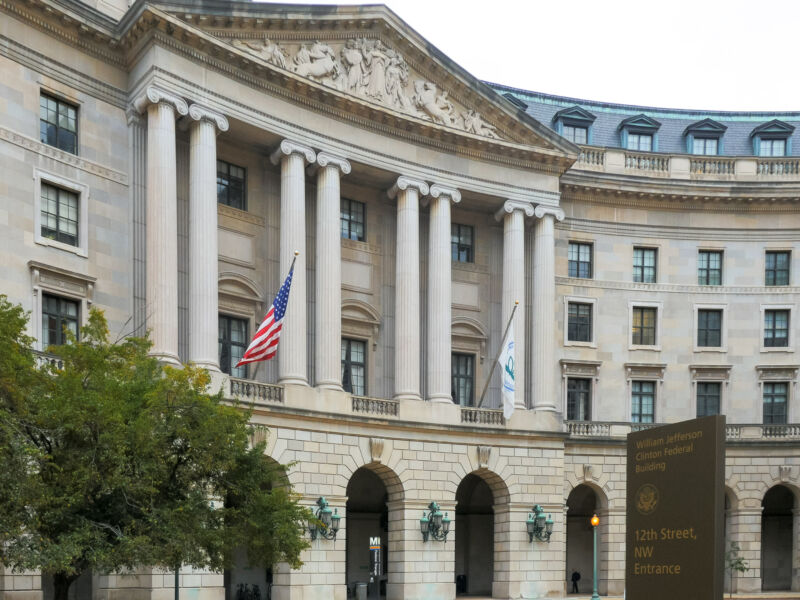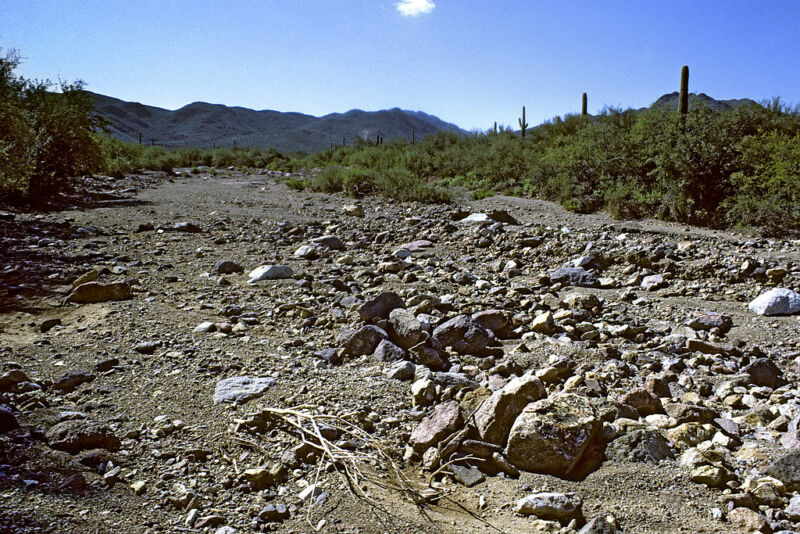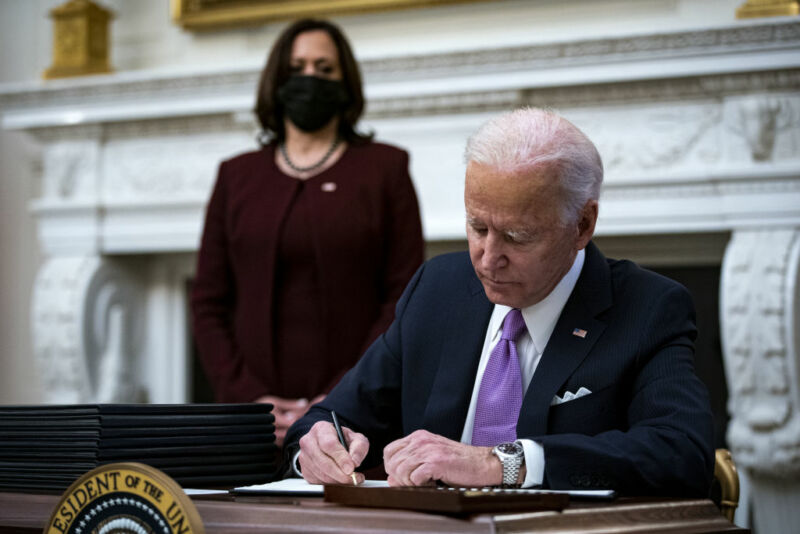-
 chevron_right
chevron_right
EPA sets limits on some “forever chemicals” as low as they can go
news.movim.eu / ArsTechnica · Wednesday, 15 March, 2023 - 12:14 · 1 minute

Enlarge / The EPA headquarters in Washington, DC. (credit: crbellette )
On Tuesday, the Environmental Protection Agency announced that it had started the process that will see drinking water regulations place severe limits on the levels of several members of the PFAS (perfluoroalkyl and polyfluoroalkyl substances) chemical family. PFAS are widely used but have been associated with a wide range of health issues; their chemical stability has also earned them the term "forever chemicals." The agency is currently soliciting public feedback on rules that will mean that any detectable levels of two chemicals will be too much.
PFAS are a large group of chemicals that have uses in a wide range of products, including non-stick cooking pans, fire control foams, and waterproof clothing. They're primarily useful because of their water-repellant, hydrophobic nature. That nature also tends to keep them from taking part in chemical processes that might otherwise degrade them, so contamination problems tend to stick around long after any PFAS use. And that's bad, given that they seem to have a lot of negative effects on health—the EPA lists cancer risks, immune dysfunction, hormone signaling alterations, liver damage, and reproductive issues.
Back in 2021, the Biden administration announced that it was starting a research and regulatory program focused on PFAS and issued preliminary guidance on acceptable levels last year. Today's announcement is the start of a formal rulemaking process that will see the development of legally binding limits. This process involves the EPA publishing proposed rules to allow the public and interested parties a chance to provide feedback. Once that feedback is addressed, formal rules will be published.


